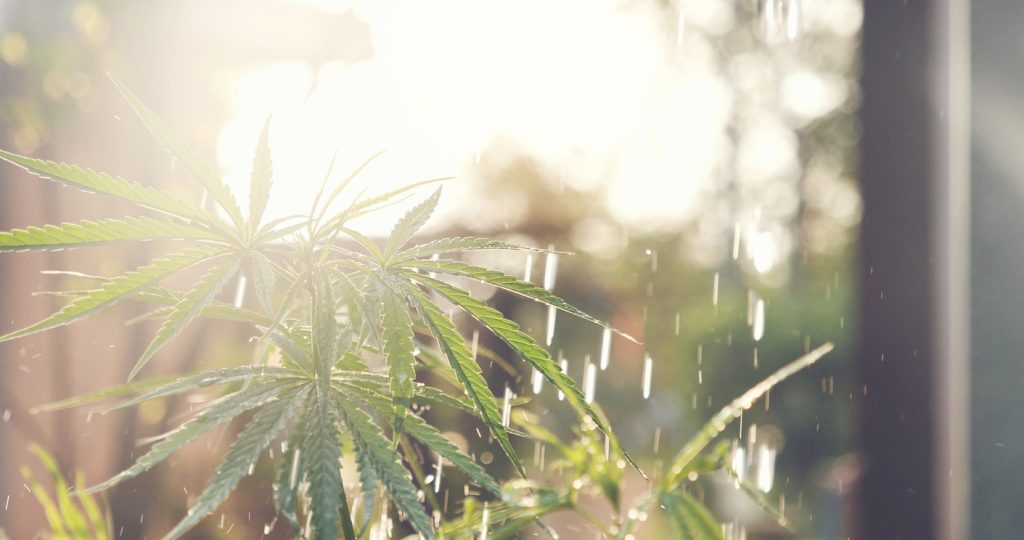Best Cannabis Grow Operation Water Solutions
Whether you are a commercial or private grower, one thing is for sure: You want high-quality cannabis or hemp plants. As you learn to provide the best care for your crops, you are bound to wonder about the fundamentals. These include the best sustainable cannabis growing techniques that save water and what type of H2O is guaranteed to keep your plants healthy.
Providing Cannabis Plants with the Best Environment
Before we dive into the somewhat picky drinking habits of cannabis, let’s explore other aspects of good care. After all, for the best results, a farmer must optimize many factors to ensure successful, sustainable growing techniques.
Apart from watering, the most impactful skills to balance are temperature, soil quality, and nutrition.
For most strains of cannabis, the ideal toasty conditions fall between 65 and 80 degrees Fahrenheit. This range supports excellent plant growth and large and healthy buds. A greenhouse is often the best place for cannabis as you can better control the temperature.
For maximum cannabis growth, the soil must be neutral or slightly acidic. Aim for 6 to 7 on the pH scale. If the number is any higher or lower than the ideal range, your cannabis plants won’t be able to absorb nutrients from the soil, leading to poor growth and unwanted health issues.
When you prepare your soil or fertilizer to feed your crops, always check that the right macronutrients, such as nitrogen, phosphorus, and potassium, are present. Beyond that, thriving plants also need secondary minerals like magnesium, calcium, and sulfur.
Apart from optimal growing conditions, other sustainable growing options include using solar power to run your greenhouse, switching from hydroponics to living soil, and choosing water-saving irrigation methods.

The Problem with Cannabis and Water
Water is not the villain here. But when it comes to cannabis farming, there is a big elephant in the room. These plants are thirsty, and each requires up to six gallons of water daily to develop and grow as they should. This watering process can quickly get expensive and also put a strain on the environment, considering that water, as a resource, is already under immense pressure.
Sustainable Irrigation Criteria for Cannabis
There are several methods you can choose from to ensure that your cannabis operation does not waste water. The most successful methods should minimize runoff and recycle water in some way. The latter include reverse osmosis, water sterilization, and utilizing sediments as natural filtration.
One of the best techniques to conserve water is to dehumidify the growing area and trap condensation for reuse. You can add nutrients to this water and reuse it again, saving significant water waste.
Another cannabis grow operation water solution is to install automated drip irrigation lines in your greenhouse. These lines dispense the right amount of water and nutrients based on your type of crop which reduces overuse of water, soggy conditions, mold, and disease.
The Best Water for Your Cannabis Crop
Many growers wonder if they should use municipal water, bottled water, spring water, well water, rain, or sparkling water for their plants.
The key thing to remember is that cannabis plants require water with a pH level that’s between 5.8 and 6.2. This rule makes bottled and sparkling water unsuitable. If you want to use well, rain, or other types of water, you must purify it properly. Depending on your water source, it might be a good idea to sterilize any water you plan on giving your plants. One of the most effective ways to achieve this is to use a UV sterilizer in your water line.
